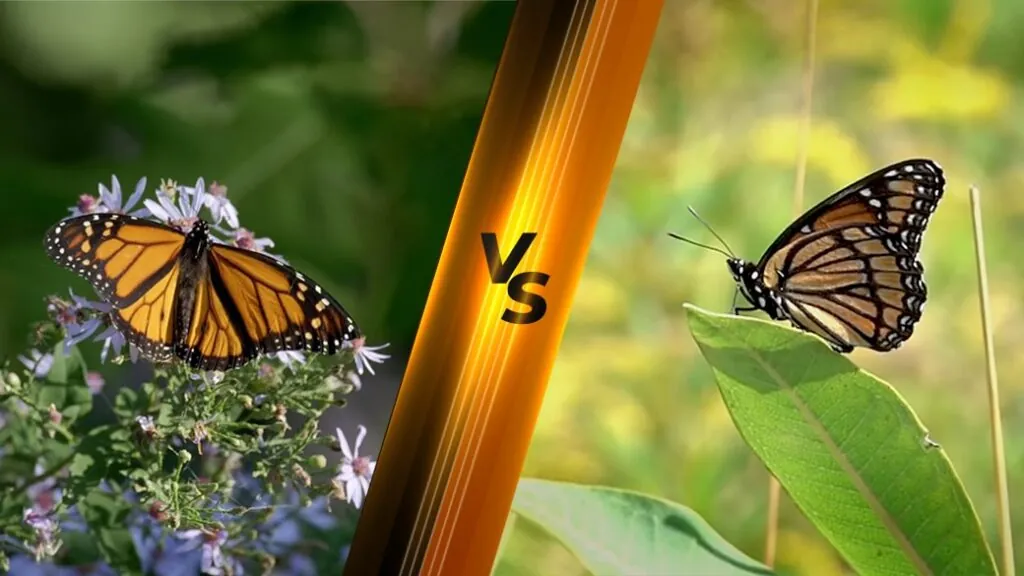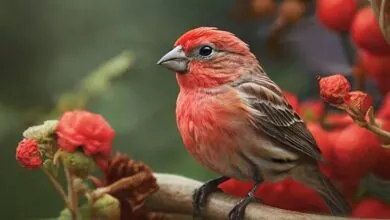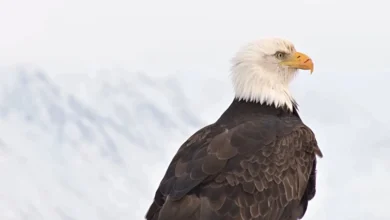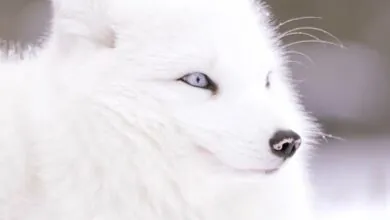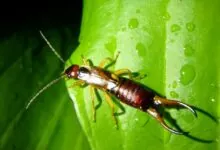Monarch Butterfly Marvel: Nature’s Orange and Black Beauty
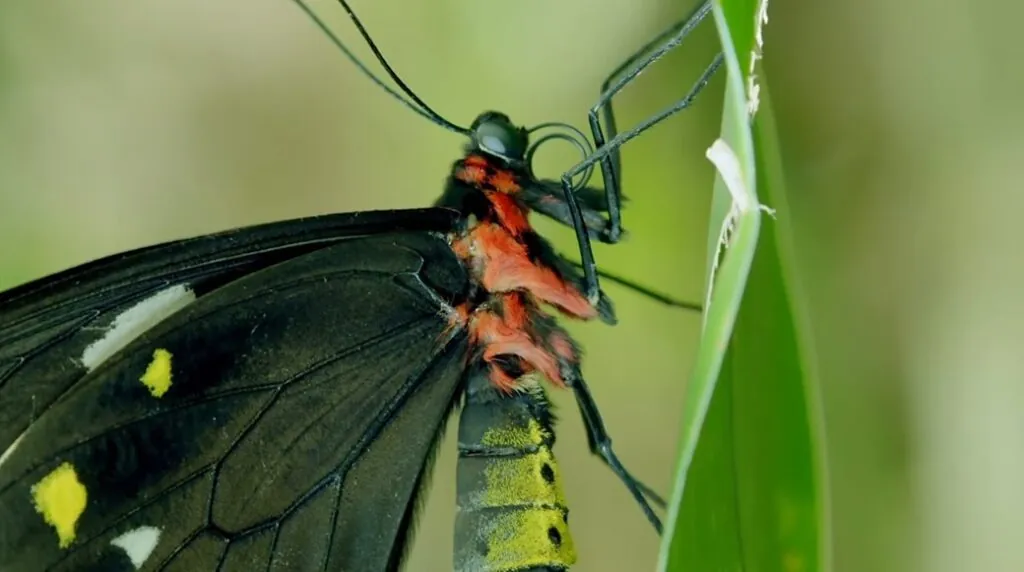
Monarch butterfly, an aerial jewel, dances across continents and captivates the hearts of many showcasing its fiery orange and black wings. Have you ever pondered over the mystery it holds within those sophisticated patterns or the journey of this delicate creature? Let’s dive deep into the mesmerizing realm of monarch, a tale of beauty, endurance and transformation, all packed in the squeezed span of its crumbly life.
| Kingdom | Phylum | Class | Order | Family | Genus | Scientific Name |
| Animalia | Arthropoda | Insecta | Lepidoptera | Nymphalidae | Danaus | Danaus plexippus |
Origin and Evolution
Monarch butterflies are thought to have originated in the Americas. Fossil records, albeit sparse, propose the presence of Danaus-like butterflies as far back as 20 to 40 million years in the past.
Evolutionary Journey
The insect’s migration pattern, stretching from Canada to Mexico, is a progressed response to altering weather patterns and the accessibility to their chief food source – the milkweed plant. With the passage of time, monarch has co-evolved with viceroy butterfly in a phenomenon known as Müllerian mimicry. The coloration of both species signal to predators that they’re unpalatable. Other butterflies, without being toxic, mimic monarch’s distinct color pattern – a technique called Batesian mimicry.
Distribution and Population
Modern Distribution
You can find monarch butterflies primarily in North, Central and South America. Notwithstanding, owing to human activity and transportation, they’ve developed populations in Oceania, Canary Islands and the Iberian Peninsula as well.
Migration patterns of the butterfly play a central role in population distribution. Let’s spotlight its migration patterns.
Eastern Migratory Population
It originates mostly from the United States Midwest and Canada. In the Oyamel fir forests, it migrates to central Mexico to overwinter. This migration can span distances of up to 3,000 miles. In multiple generations, they return north in the spring, with each consecutive generation traveling further north.
Western Migratory Population
This sort of population is predominantly found in the west of the Rocky Mountains. It travels to coastal California to overwinter, covering comparatively shorter distances than the eastern population.
South American Movements
Albeit not as extensively researched, in areas of South America, there’re non-migratory populations. As per some evidence, this kind of population has confined migratory behavior.
Geography
| Continents | North America, Central America, South America, and certain areas of Australia |
| Subcontinents | North American subcontinents |
| Countries | United States, Canada, Mexico, and Caribbean nations during migrations |
| Bio-geographical Realms | Nearctic realm (breeding), Neotropical realm (migration) |
| Biome | Various, including meadows, fields, gardens, and forests |
| Climate Zones | Temperate (breeding), tropical and subtropical (migration, overwintering) |
Habitat
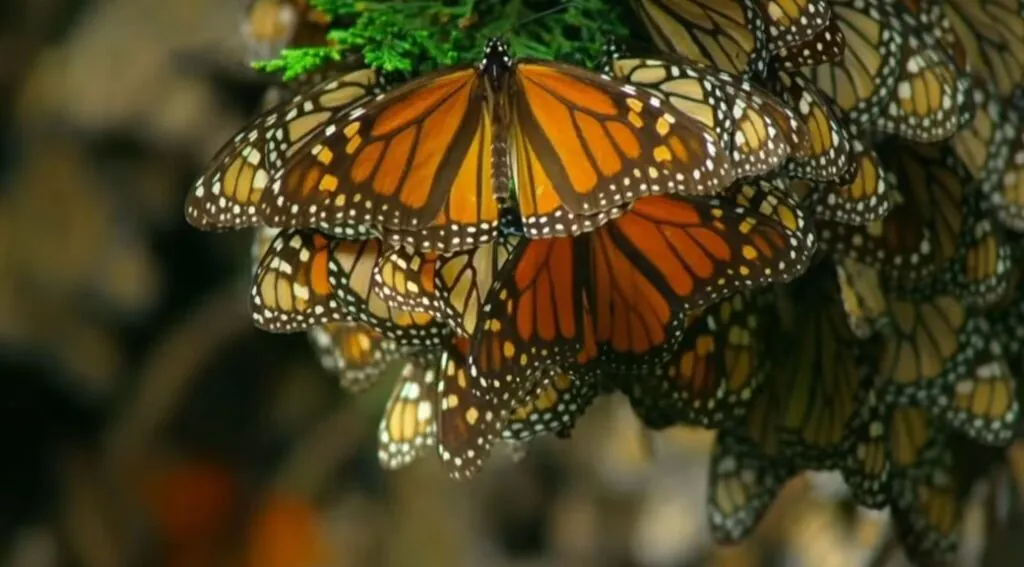
Breeding Habitat
Milkweed presence is central to the butterfly’s breeding habitat as it is the sole plant on which the female monarch lays eggs and caterpillars feed. This is found in roadsides, meadows, prairies and open areas in North America.
When it comes to the types of milkweed, different regions have particular milkweed species, for instance, the common milkweed (Asclepias syriaca) in the Midwest or the showy milkweed (Asclepias speciosa) in the West.
Migratory Pathway Habitats
As these delicate creatures migrate, they depend upon nectar plants for sustenance, frequently covering distinct terrains like farmlands, grasslands and urban areas.
Overwintering Habitats
In conjunction with the eastern migratory population, monarch butterflies seek the Oyamel fir forests of central Mexico. In these regions, they avail themselves with a cool, humid climate appropriate for conserving energy over the span of winter months.
With respect to the western migratory population, it tends to settle in the coastal groves of California, encompassing pine, eucalyptus and cypress trees, offering them a similar climate to the Oyamel forests.
Secondary Habitats
In places such as New Zealand and Australia, where these insects were introduced, they’ve adapted to local habitats, typically where milkweed or identical species are accessible.
Appearance
Size and Shape
The adult monarch butterflies have a wingspan ranging from 3.5 to 4 inches. They feature a distinct rounded, somewhat elongated wing shape, enabling them to be promptly recognizable.
Coloration
When it comes to the appearance of monarch butterfly, it coloration, boasting a striking orange and black pattern, is the most conspicuous one. The orange hue dominates their wings, while black offers a contrast in the form of thick veining and a boarder around the wing’s brinks. Once can see white dots within this black boarder, more conspicuously noticed on the edge of their hind wings.
Sexual Dimorphism
Though both sexes of this insect are predominantly orange and black, males can be set apart from females by a small, black dot on a vein on each hind wing.
Body Structure
Like all butterflies, monarch butterflies possess three main body parts: head, thorax and abdomen. Their eyes, which let them see a vast spectrum of colors, are positioned on the head, along with their proboscis – a straw-like tongue used for sipping nectar.
Anatomy
| Tongue | A long, tubular mouthpart used for sipping nectar |
| Mouth | Comprises of proboscis for drinking; not for chewing |
| Feet | Six legs with small sensory organs called tarsi |
| Skeleton | A hard, external covering for protection and support |
| Color | Black, white and orange |
Reproduction and Life Cycles
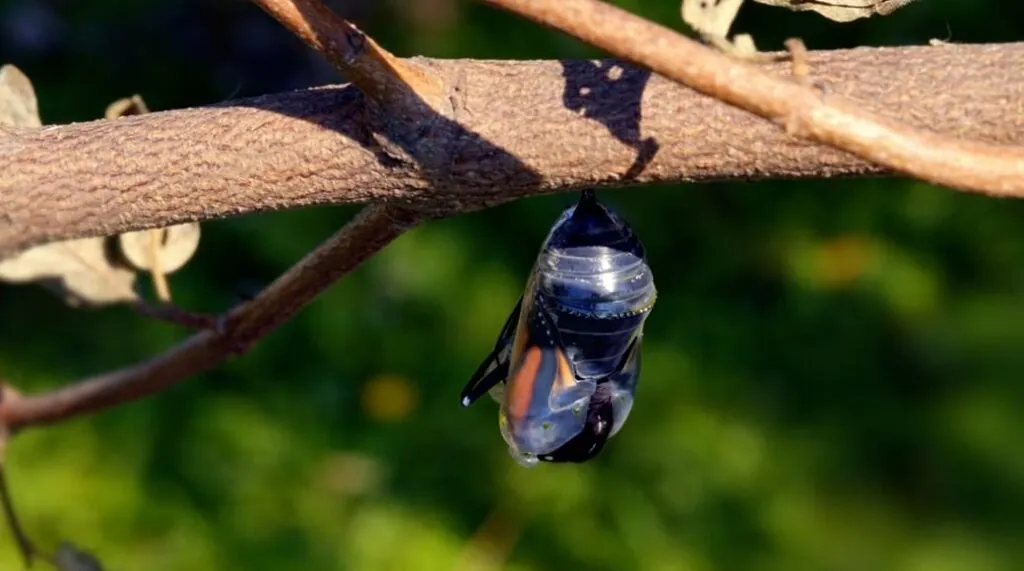
Mating Behavior
Monarchs, in the course of their migration northward, typically mate in the spring. Males chase females in fight; once a pair is formed, they may remain coupled for more than a few hours. Transferring a spermatophore (a packet of sperm) to the female is their mating process includes.
Egg Laying
When mating is over, female monarch seeks out milkweed plants where eggs can be laid. The female butterfly can lay as many as 300-500 eggs over her lifespan. Monarch caterpillars feed on the milkweed plant. Female butterfly, using her forelegs which assist her locate the plant through sensory organs, taps the leaves. Making sure that it’s a milkweed, she deposits a single small, pale-green egg on the underside of the leaf.
Developmental Stages
Egg: It lasts around 3 to 5 days. The egg is oval and showcases visible ridges.
Larva (Caterpillar): When hatching is over, the caterpillar feeds on the milkweed and ingests toxic compounds, making it unpalatable to predators. The larva stage lasts about 10 to 14 days, during which the caterpillar undergoes instars – five growth stages.
Pupa (Chrysalis): In this particular stage, a chrysalis – a jade-green case adorned with gold-like spots, is what caterpillar transforms into. Inside, the caterpillar undergoes metamorphosis and it takes 10 to 14 days to emerge as an adult butterfly.
The title of “wanderer” is what this creature has earned thanks to its long migration; it’s among the few insects that migrates to a warmer climate over 2,500 miles away!
Mating Habits
| Mating Behavior | Males chase females |
| Reproduction Season | Spring and summer |
| Gestation Period | 3 to 8 days for eggs to hatch after they are laid |
| Independent Age | Immediately as adults |
| Baby Name | Caterpillar or larva |
Diet
Caterpillar Stage
Over the span of this stage, monarch butterflies feed on milkweed leaves. This distinctive diet let them store toxic compounds, making them unpalatable to numerous predators.
Adult Butterfly Stage
They primarily consume nectar from a plethora of flowers, offering the pivotal nutrients and energy they need. Male monarchs, most often than not, engage in “pudding”, that is, they sip water from puddles to amass minerals, particularly sodium, which boosts the viability of their eggs during reproduction.
Jumping spiders’ hunting behavior shares resemblances with monarches. Both rely on profound vision and agile movements to navigate and locate prey.
Lifestyle
Monumental Migration
When it comes to the lifestyle of monarch butterfly, it’s striking to know that these creatures can migrate 2,500 to 3,000 miles between their breeding grounds in Canada and the United States to their wintering habitats in central Mexico.
The very migration involves 3 to 4 generations of butterflies finding the exact locations where their ancestors overwintered – a feat that remains a fascinating scientific mystrery; the generation that kicks off the journey isn’t the same that completes it.
Thermoregulation and Solar Navigation
The use of the sun as a compass for their migration is what monarchs known for. They are capable of sensing the sun’s position even on cloudy days using ultraviolet light. Researchers are of the view that these insects possess a circadian clock in their antennae which is fruitful in adjusting their flight orientation as the sun moves across the sky.
Winter Colonies
Monarchs, in their Mexican wintering locations, particularly in the Monarch Butterfly Biosphere Reserve, can cover entire oyamel fir trees, framing cluster of millions. Studies estimate that overwintering colonies can have up to 50 million butterflies per acre. The total population in Mexico, in some winters, can cover more than 15 acres of forest.
Threats
Monarch butterflies, regardless of their protective toxic compounds derived from milkweed, still face predation from several creatures:
Birds
Bird species, such as grosbeaks and orioles, are able to find ways to eat monarchs by bypassing the most toxic parts.
Mice
Mice, one of the threats to the butterfly, can prey this delicate creature especially when they’re dormant and packed together.
Insects and Spiders
Monarch caterpillars, at the larval stage, can fall a prey to certain lady beetles, ants and spiders.
Parasites
The protozoan parasite – Ophryocystis elektroscirrha – can afflict monarchs, leading to the weakness and reduction in their chances of survival.
Conservation Status
In conjunction with the conservation status of this butterfly, though this insect isn’t yet indexed under the U.S. Endangered Species Act, it’s categorized as “Near Threatened” on the IUCN Red List of Threatened Species. Explore more about the beautiful Monarch Butterfly, its migration, and conservation efforts on the National Wildlife Federation.
When it comes to the eastern population, which migrate from North America to Mexico, it’s plunged over 90% since 1990s. The western population, migrating within the United States, has faced a drop of approximately 99% since the 1980s.
Habitat loss, especially the eradication of milkweed thanks to agricultural practices, impacts of climate change and harmful pesticides, is what this dramatic decline is attributed to.
Monarch Butterfly Fun Facts
It would, undoubtedly, a great notion to shed some light on the rundown and fun facts of the butterfly – one of the animals that start with M.
| Common Name | Monarch Butterfly |
| Other Name(s) | Southern Death Adder (specific to Acanthophis antarcticus) |
| Number of Species | 3 |
| Population Size | Varies greatly, but millions; has seen declines in recent years |
| Lifespan | 2-6 weeks for most generations; migratory generation can live up to 8 months |
| Weight | Less than 1 gram (approx. 0.5 grams) |
| Length | Generally 50 to 100 cm (some can grow slightly larger) |
| Wingspan | 3.7 – 4.1 inches (9.4 – 10.4 cm) |
| Top Speed | 12 mph (about 20 km/h) |
| Predators | Birds (including robins, cardinals, sparrows, pinyon jays, and orioles), mice, Chinese Mantis, Asian Lady Beetle |
| Prey | Mainly milkweed plants for caterpillars; nectar from various flowers for adults |
| Most Distinctive Feature | Black, orange, and white pattern on wings |
Monarch Butterfly vs. Viceroy Butterfly
